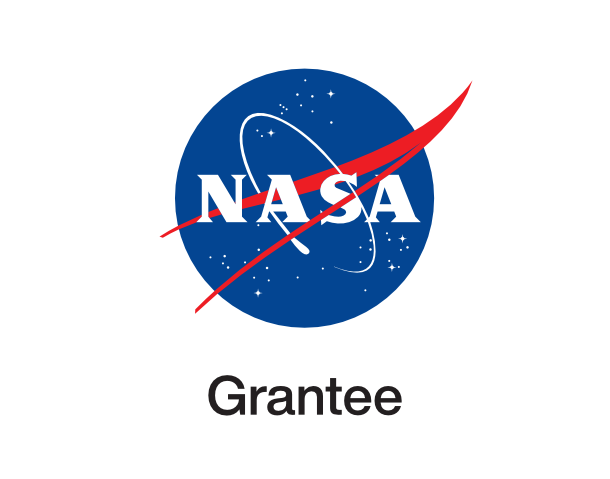Start your search here:
- Object Name - Search the archive by object name or coordinates resolved by simbad.
- Free Text - Search the archive for titles, captions and topics.
Recent Additions
Featured from the Archive
NGC 1410
![]()
![]()
![]()
Intergalactic 'Pipeline' Funnels Matter Between Colliding Galaxies NGC 1410 and NGC 1409
This visible-light picture, taken by NASA's Hubble Space Telescope, reveals an intergalactic "pipeline" of material flowing between two battered galaxies that bumped into each other about 100 million years ago. The pipeline [the dark string of matter] begins in NGC 1410 [the galaxy at left],...





























